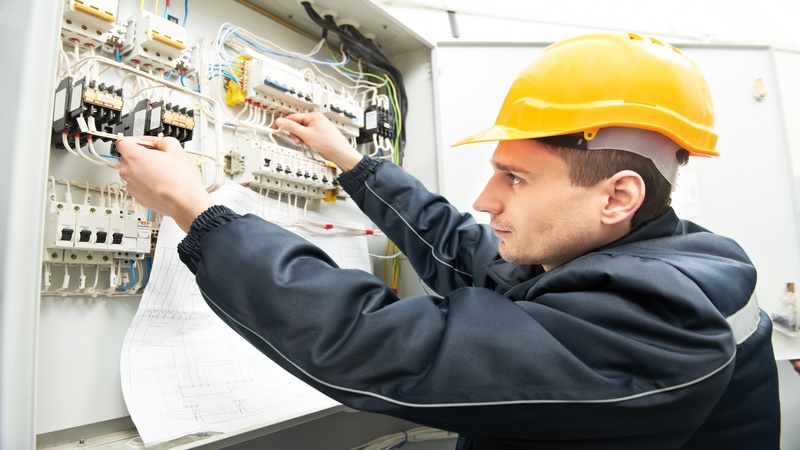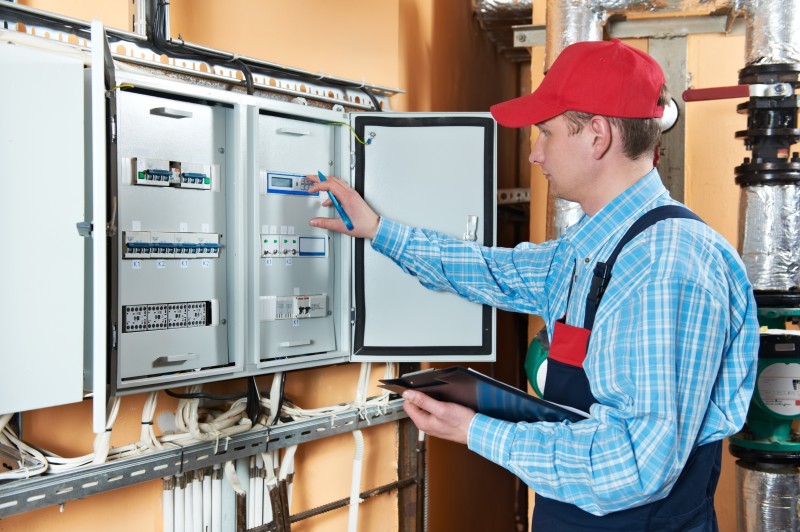Homes that were built as little as fifteen years ago were not designed for the number of electric and electronic gadgets that people use to run their homes and their lives. Today’s homes are full of great wide-screen televisions, full-blown home entertainment systems, video games not to mention all the portable devices and their chargers. If you find that you are running out of capacity for the existing electrical circuits in your home you may need to add more circuits. During the planning stage, you will need to take into consideration connecting the new circuits to ITE circuit breakers that you will have to install in your panel.
To install the circuit breakers, there are a number of steps you will have to take to ensure safety.
- First, you will have to determine the existing system and its capacity. In the main electrical panel of your house you will find the existing ITE circuit breakers, they will be noted as being 15 or 20 ampere breakers. These are the circuit breakers that are protecting the existing circuits in your home. Your panel will probably have spare slots that have yet to be knocked out; it is here where the new circuit breakers will be installed.
- Check the incoming power supply at the main panel. The supply will be noted in amperes. Most panels are setup to receive an incoming current of between 150 and 400 amps.
- Add the current capacity of all the existing circuit breakers and compare this total to the available supply. When you subtract the existing consumption from the available supply, you will have the reserve potential. The results of this simple calculation will tell you how many additional 15 or 20 amp circuits you can install. If your existing consumption leaves little or no room for additional circuits, you can contact the utility and have them bring more power to your house. If this has to be done, you can look forward to additional expense and time.
- Purchase as many ITE circuit breakers that you want to install. It is suggested that you install 20 ampere rather than 15 amps unless you know that the new circuit will only carry very light electrical loads.
- Complete the wiring of the new circuit before you hook it up to the circuit breakers. The new circuit will include outlets, junction boxes, switch boxes and switches. Use 12 AWG wire for the installation. The color coding of the three conductor cable should be black for the hot wire, white for the neutral and green for the ground.
- Have the utility company cut the power to your home.
- Install the new circuit breakers into the panel; follow the wiring instructions that come with the breaker. The three conductors each has a specific terminal to be attached to.
- Have the power restored
It may be necessary for the installation to be inspected and approved by an electrician or the building department of your local government.

